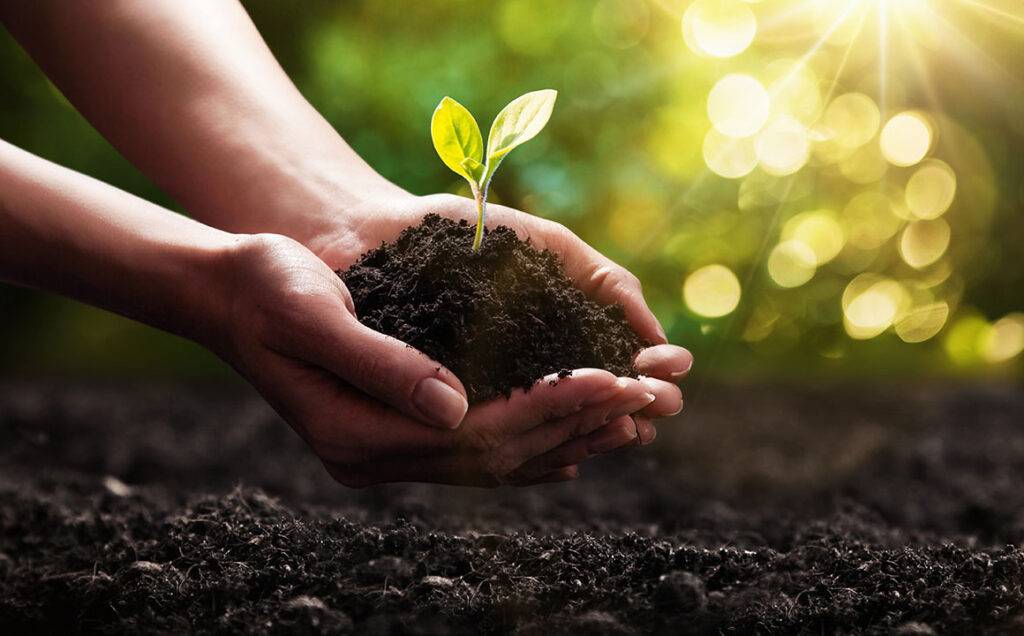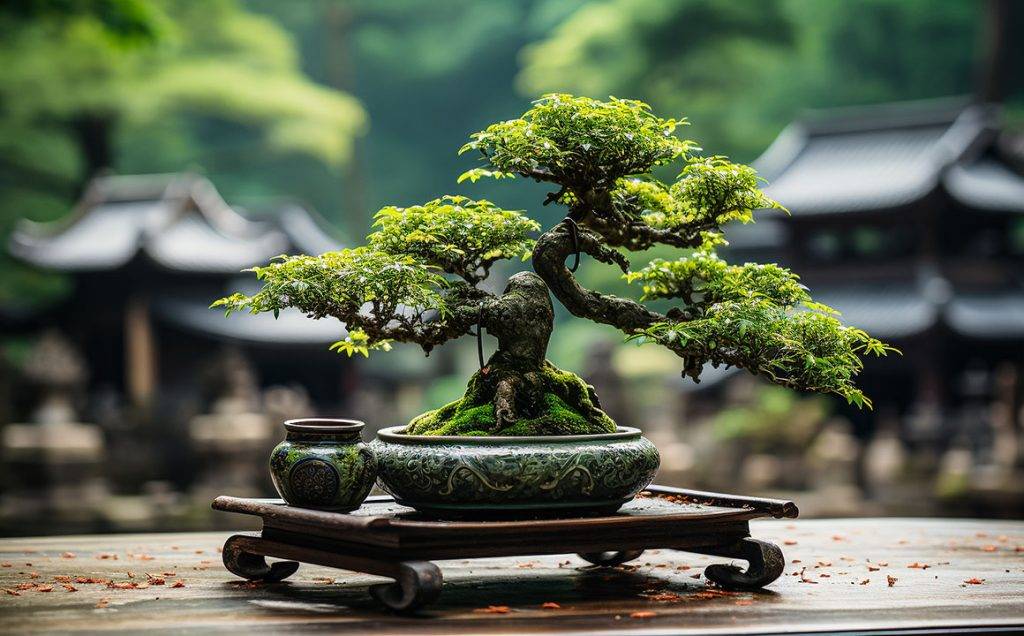Trees are stunning, right? That’s why we plant them so often in our gardens. However, what if you also want a tree indoors? Seems impossible, but luckily—it’s not. Because bonsai trees exist.
However, because these trees are so versatile and rare, knowing how to care for a bonsai can be a bit overwhelming, especially for beginners. So, if you’re taking your first steps into the enchanting world of bonsai, this beginner’s guide will serve as your compass. Let’s dive in and learn more about this captivating form of art.
Choosing Your Bonsai
The journey begins with the selection of your bonsai tree. As a beginner, it’s wise to opt for species that are forgiving and well-suited for novice enthusiasts. Consider trees like the Ficus, Juniper, and Chinese Elm, known for their resilience and adaptability. Starting with a young tree or sapling is recommended, as these are easier to shape and mold into the desired bonsai form. Remember, each tree tells a unique story, and your choice will set the stage for your bonsai journey.
Choosing the Right Pot and Soil
Just as a masterpiece deserves an exquisite frame, your bonsai deserves an appropriate pot. Opt for a shallow container that promotes proper drainage. Bonsai pots come in a variety of materials, from classic ceramics to modern plastics and traditional clay. The choice of pot material can influence the aesthetic appeal and care requirements of your bonsai. Equally important is the soil; select a well-draining mix that strikes a balance between retaining moisture and preventing waterlogging. Specialized bonsai soil mixtures are designed to provide the necessary nutrients and aeration.

Pruning and Shaping
The heart of bonsai lies in the art of shaping and pruning, a delicate dance that transforms your tree into a living masterpiece. Regular pruning is essential to maintaining the desired size and shape, encouraging healthy growth while preserving aesthetic balance. Employ bonsai shears to carefully trim back new growth and guide the tree’s form. Wiring is another technique that aids in bending and training branches. Gently wrap the wire around branches and gently guide them into the desired position. Regular checks are essential to prevent the wire from cutting into the tree as it matures.
Watering and Care
The health of your bonsai hinges on proper watering. When the top layer of soil feels slightly dry to the touch, it’s time to water your bonsai. Overwatering should be avoided, as it can lead to root rot. To maintain accuracy in gauging soil moisture, a moisture meter can be a valuable tool. Keep in mind that watering requirements may change with the seasons and the specific needs of your tree. Also, find the optimal balance of sunlight for your bonsai species, ensuring it thrives without exposure to extreme temperatures.
Repotting
As your bonsai grows, its pot can start to feel like a snug pair of shoes. Repotting is the remedy that ensures your bonsai’s roots continue to flourish. Younger trees benefit from repotting every two to three years, while older trees require less frequent repotting. During this process, trimming and pruning the roots is crucial to stimulate fresh growth. Repotting offers the chance to rejuvenate the soil, assess your tree’s overall health, and detect any signs of pests or diseases that might require attention.

